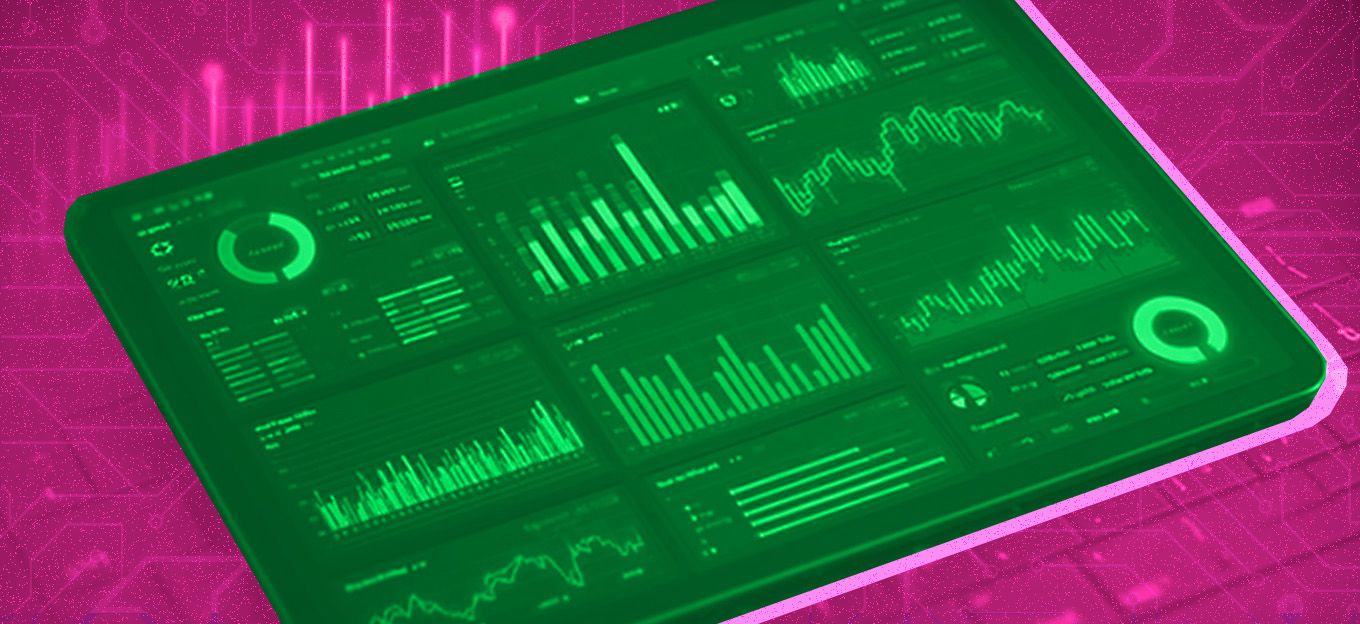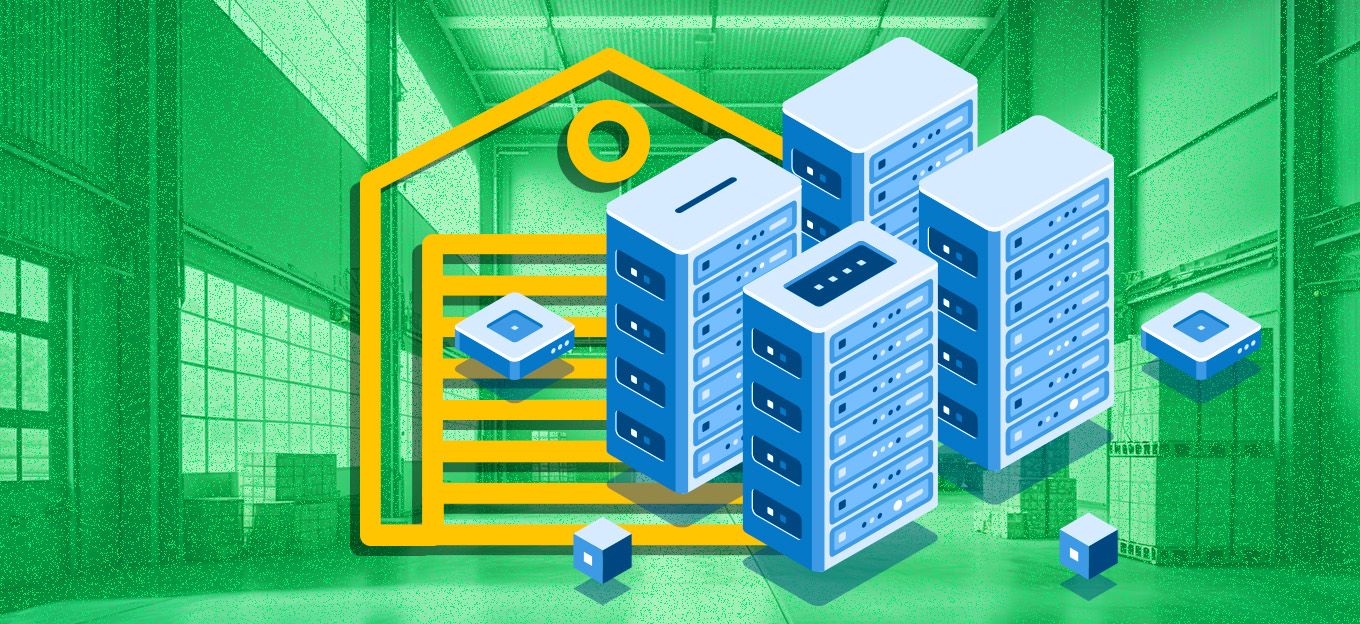Building IoT Solutions on a Solid Foundation
Building IoT Solutions on a Solid Foundation
- Last Updated: December 2, 2024
Guest Writer
- Last Updated: December 2, 2024



Almost every fable, parable, and fairy tale remotely related to the building has a character whose main folly was building their dwelling on a foundation of sand or some other unsuitable material leading to their inevitable wrack and ruin––much to the character’s chagrin. The very same is true of building Internet of Things (IoT) projects; if you build on a shaky foundation, then you are at risk of compromising data quality, performance, and the overall success of your IoT project.
Finding a stable foundation to build an IoT infrastructure upon doesn't have to be difficult. Video, budget, and data analytics are a great place to start.
Finding that stable foundation to build upon needn’t be difficult. There is a myriad of choices with which to do so. What you really need to consider are the following factors:
Budget
Unless you're in a very fortunate position where money is no object, then budget will play a large role in your IoT project. In particular, this will affect the project's scale as sensors are often expensive, and the infrastructure required to connect them can require large amounts of disruption to normal operating processes, which all have a cost associated.
One way to maximize a project's scale, or minimize the budget spend on new infrastructure, is to use an existing platform as the basis for your IoT project. Video surveillance presents an excellent option here. It has usually been heavily invested in, operates on a dedicated network, and covers most areas that an IoT project is likely to wish to examine. Video platforms are usually stable in terms of workload, with little variance in the system's performance or operational requirements, reducing the risk of service degradation if properly sized and designed.
The Primary Data Source
Some folks would argue that the data you are collecting is more important than the budget you are spending, but I would contest that you can’t have one without the other. With the almost infinite types and amounts of data you could collect with an IoT sensor, there is often an overwhelming desire to collect as much data as possible in as many different types; you can always find ways to analyze it and draw insight. While this is often a good philosophy, it has been known to lead to data paralysis, which occurs when there is too much data to conclude from sensibly. Customers simply don’t know what patterns and trends to start looking for.
Achieving a balance between delivering a rich source of primary data with enough opportunities to deliver meaningful analysis and not producing so many different types of data to overwhelm your analysts is often the key to successful IoT projects. Video data presents itself in a good light again here. A wealth of information may be gathered, inferred, and drawn from video footage, but having a single type of data (video) prevents a complex set of inferences from being built to connect data points.
Meaningful Analytics and Outcomes
When it comes to data analysis of video, in business or in general, there are two fantastic principles to always work by.
The first is to be sure of the outcomes that you are looking for. If you have designed your IoT project correctly, then it should take no more than two short sentences to describe the outcomes you are expecting from the analysis and the importance of those outcomes to the business. Just “looking for anything interesting” rarely creates a justifiable ROI on a project of any type!
The second principle ties back to our point about budget, especially in this era where budgets are continually decreasing and there is more pressure on ROI than ever before. The more areas of analysis that you can uncover with a single data source, the more effective your ROI will be. At first glance, this appears to be at odds with the previous principle, but the two are not mutually exclusive, and you will often find that one Applications will lead seamlessly into another.
If you apply these principles to video data in a smart city context, and ignore the cliché that a picture paints a thousand words, then you can often demonstrate how visitor and local resident behaviors are influenced by several factors such as weather, traffic conditions, and local events.
I’m sure that you’ve noticed this article is heavily weighted towards video as a great foundation for building IoT projects upon, and that’s entirely the idea. It is!
Likely, you have already invested in video surveillance infrastructure so you can reduce your budget spend on IoT. It reduces the complexity and myriad choices for your IoT project in terms of sensors while retaining a rich source of data for you to analyze, a source of data that offers countless possibilities for meaningful, intelligent analytics with well-defined business outcomes. Video is a wonderful bedrock on which to build your IoT strategy.
The Most Comprehensive IoT Newsletter for Enterprises
Showcasing the highest-quality content, resources, news, and insights from the world of the Internet of Things. Subscribe to remain informed and up-to-date.
New Podcast Episode

Moving Past the Pilot Phase in IoT and AI
Related Articles





